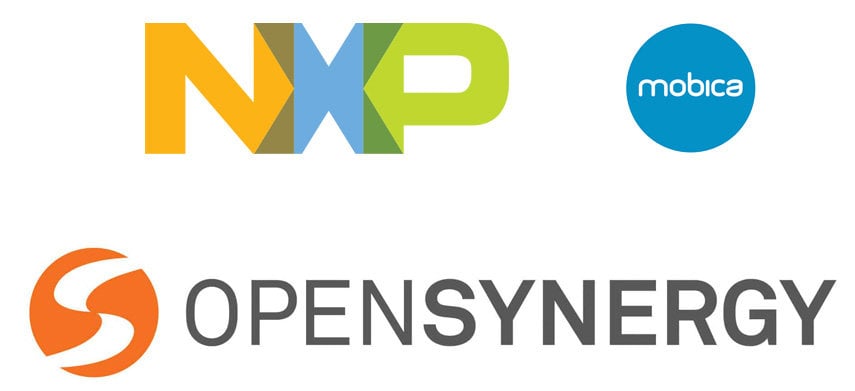electronics-journal.com
26
'20
Written on Modified on
VIRTUALIZED TELEMATICS SYSTEMS
Reduced hardware for safe and secure connectivity.

OpenSynergy, NXP®, ACTIA and Mobica have completed a joint reference platform, demonstrating a hypervisor-based Telematics Control Unit (TCU). This demonstrates the consolidation of multiple telematics applications with different safety and security requirements on a single TCU. OpenSynergy‘s virtualization platform COQOS Hypervisor SDK runs on a telematics reference hardware from ACTIA, a manufacturer of electronics for embedded system management. The hardware is based on thei.MX 8QuadXPlus Applications Processor from NXP Semiconductors. The i.MX 8QuadXPlus SoC is part of NXP’s i.MX 8X applications processor family, ideal for safety-certifiable and efficient performance requirements. The platform hosts multiple virtual machines (VMs) running TCU applications, provided also by ACTIA. The software services company Mobica supported the integration work with its specialized know-how. The reference platform proves resilience on key characteristics of a hypervisor-based TCU, such as freedom from interference, safety, performance, stability, power management and early availability.
A Telematics Control Unit (TCU) is an embedded system connecting the vehicle’s external and internal world. Typical applications include services such as eCall crash notification, stolen vehicle tracking and wireless access point as well as vehicle data exchange for diagnostic purposes. In many cases, this necessitates state of the art security. Carmakers also use TCUs for vehicle-to-vehicle (V2V) or vehicle-to-infrastructure (V2I), collectively referred to as V2X. Such applications introduce tough requirements in terms of functional safety. TCUs are also expected to play a key role in autonomous driving.
The automotive industry increasingly looks toward the use of hypervisors. This includes TCU vendors. The hypervisor allows several system domains to run in different virtual machines (VMs) on a single processor while ensuring freedom of interference through rigorous partitioning. Apart from cost savings, this provides a sound basis for safety and security. It also simplifies reuse of existing software components, saving time, cost and mitigating risk. The different parts of the system can be managed independently, allowing optimizations in terms of system response time and power consumption.
NXP, OpenSynergy, ACTIA and Mobica collaborated and built upon many years of experience of telematics solutions in mass production.
This reference platform will run on an NXP i.MX 8X applications processor. This processor is based on the Arm Cortex-A53 core, which additionally provides secure domain partitioning. i.MX 8X offers unique hardware partitioning with mechanisms to enforce isolation. This capability significantly simplifies the hypervisor development. Advanced hardware virtualization enables rapid deployment of multiple full-chip, domain-protected operating systems.
Mobica has supported the development and integration work with its specialized engineering services and know-how.
Carmakers and suppliers benefit from this reference platform, because it makes it much easier to bring a new telematics product in short time to the market. They can immediately focus on development and integration of actual services.
www.actia.com

